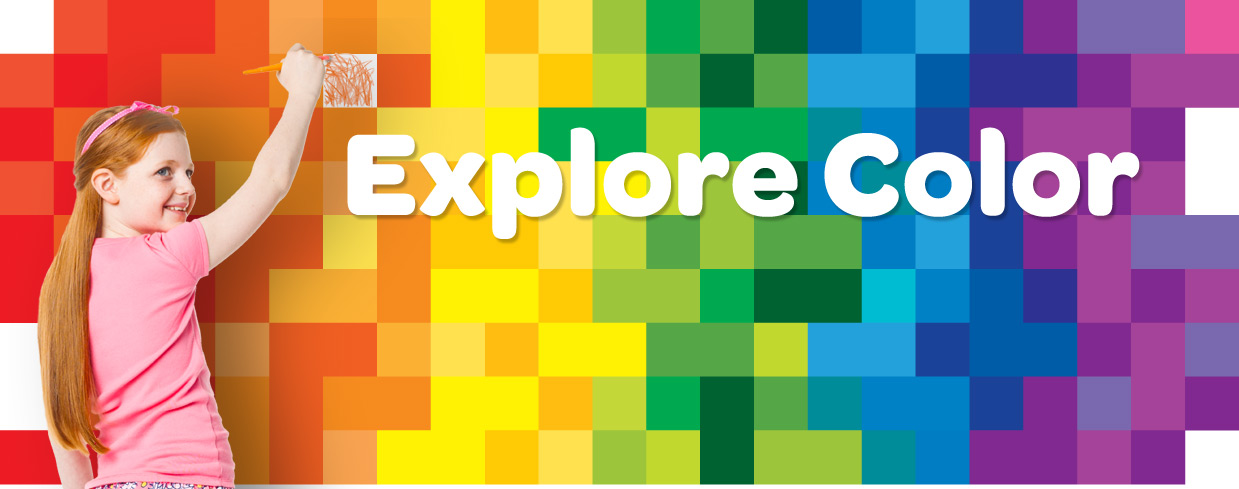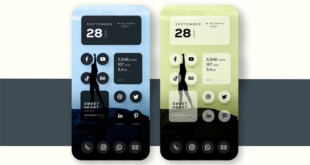Social networking and online communities are making the world a little smaller each day. As gaining international readers is not difficult for a website in recent times, it is important for web designers to measure the message the websites send out to a potentially wide user base.
The use of colors in web design has found a new value with the introduction of flat web design trend. However, it is also vital for web designers to remember that one single color can have different meanings at different corners of the planet. Color associations vary from culture to culture. What a certain color means in Middle Eastern culture can mean something radically opposite to North American countries. Web designers must, therefore, be smart while playing with colors if the website is directed towards users all around the world.

source: www.crayola.com
Let’s have a look at 5 of the most common colors used in web design, and also the meanings different cultures associated with them.
Red
In European and North American countries, red is the color of excitement and passion. It has positive as well as negative associations – love and danger respectively. Red also has some religious undertones, as it gets used to represent Christmas along with the color Green.
In the Asian and Eastern countries, the color red is the epitome of celebration, joy and happiness. It is a common color of wedding attire of brides as red is the symbol of long life and good luck. In India, red is the color for purity, it means life in Japan, and luck and prosperity in China.
In the Middle Eastern countries, red stands for caution and danger. In Mexico and the Latin American countries, red along with white is the color of religion.
Blue
In European and North American countries, blue is the color of trust and authority. It is, in fact, the most popular color used in websites in these countries. This color has a masculine touch to it, along with having peaceful, soothing and calming effects.
In the Asian and Eastern countries, the color blue is the symbol of immortality. Unlike the Western countries, blue here is a feminine color in China. In India, the color is directly related to one of the popular Hindu Gods, Krishna. This color is also a symbol of strength, and is used by most of the Indian sports teams.
In the Middle Eastern countries, blue stands for protection and spirituality. In Mexico and the Latin American countries, it is related with trust, serenity, emotion and religion.
Yellow
In European and North American countries, yellow is the color of warmth, brightness and hospitality. In the US, this color is associated with transportation. As a result, you’ll find the school buses and the taxis painted yellow. In Germany, however, yellow is the color for envy.
In the Asian and Eastern countries, the color yellow is the symbol of the royal ruling class. As a result, it is often consider sacred and associated with imperialism. In India, yellow is the color of commerce, while it stands for courage in Japan.
In the Middle Eastern countries, yellow stands for happiness and prosperity. In Mexico and the Latin American countries, it is related with sadness and mourning.
Green
In the European and North American countries, green is the color of luck (remember, St. Patrick’s Day). It is also a symbol used to denote progress. Green is often related to nature and environment. Along with red, green also has a close connection with the celebration of Christmas.
In the Asian and Eastern countries, the color green is associated with nature and new life. Moreover, it is also used to denote youth and fertility. However, green has negative connotations at an equal intensity: it is related with infidelity and exorcism; a man wearing a green hat in China is a symbol of marital cheating.
In the Middle Eastern countries, green stands for wealth, fertility and strength. In Mexico and the Latin American countries, green is the color of death.
White
In the European and North American countries, white is the color of peace and purity. Just like red is associated with weddings in the Asian countries, white is the preferred color of brides. In the US, white denotes cleanliness and holiness. In Italy, however, white is the color used for funerals.
In the Eastern countries, the color white is a symbol of death. It is also used to refer to misfortune, unhappiness, mourning and sterility.
In the Middle Eastern countries, white stands for purity. In Egypt, white is the color associated with royalty, and is used to mark a person’s high ranking status. In Mexico and the Latin American countries, white is a symbol of purity and truce.
Conclusion:
There you have it… the top 5 colors used in web design, and their various meaning in various parts of the globe. So designers, it is important for you all to give a serious thought while choosing the colors to make sure your works are delivering the correct meaning.
Hi i am Chasity Beart from San Diego, CA. I am a freelance Blogger and like to contribute Current Trending articles to various Poular Blog sites related to web design and development.
 CoalesceIdeas Web and graphic design ideas for inspiration
CoalesceIdeas Web and graphic design ideas for inspiration




Thank you! Very interesting information